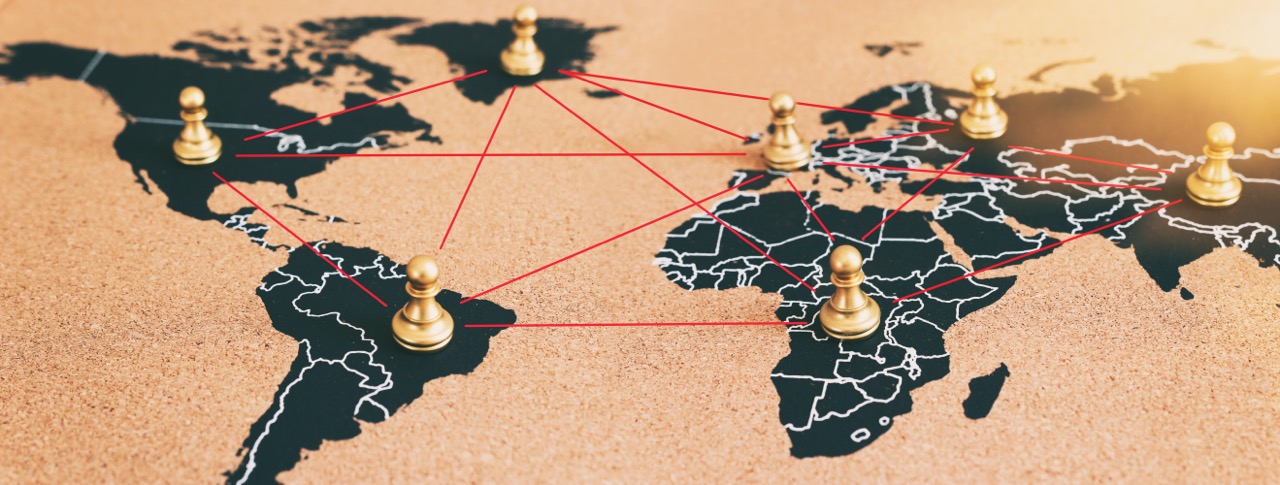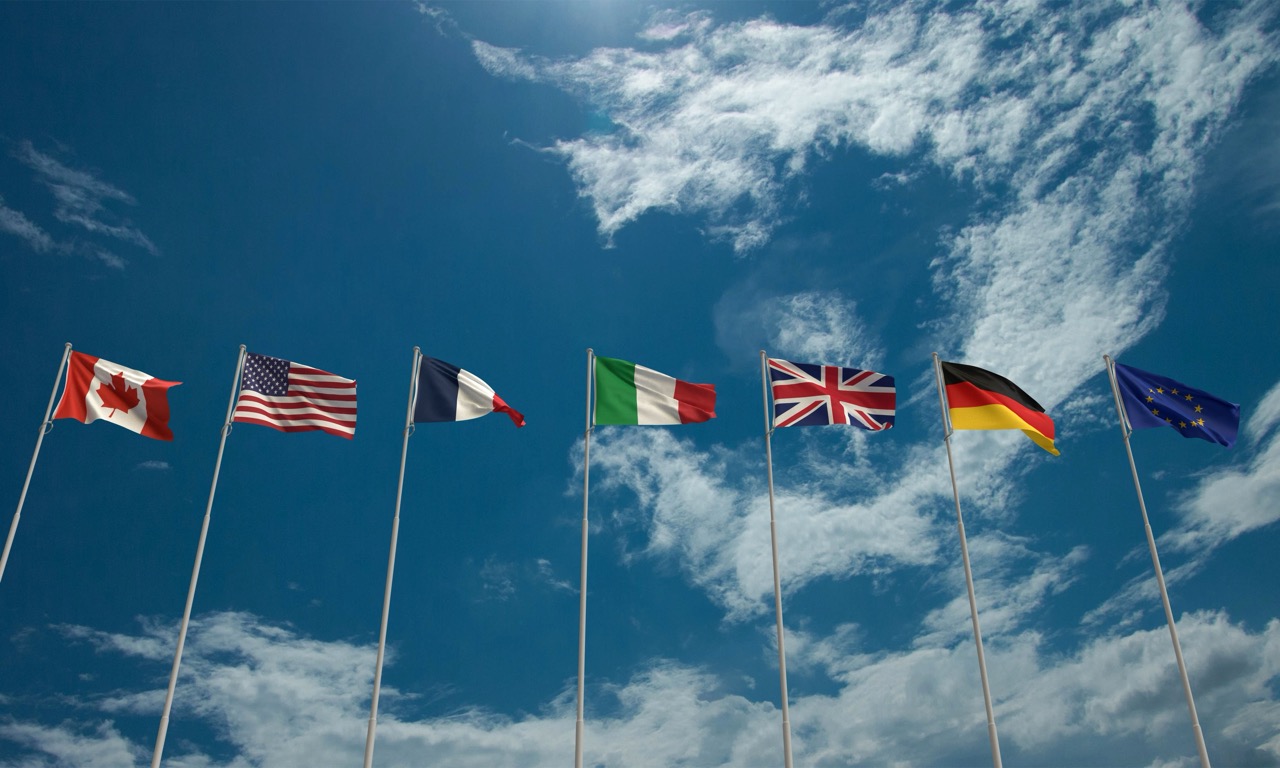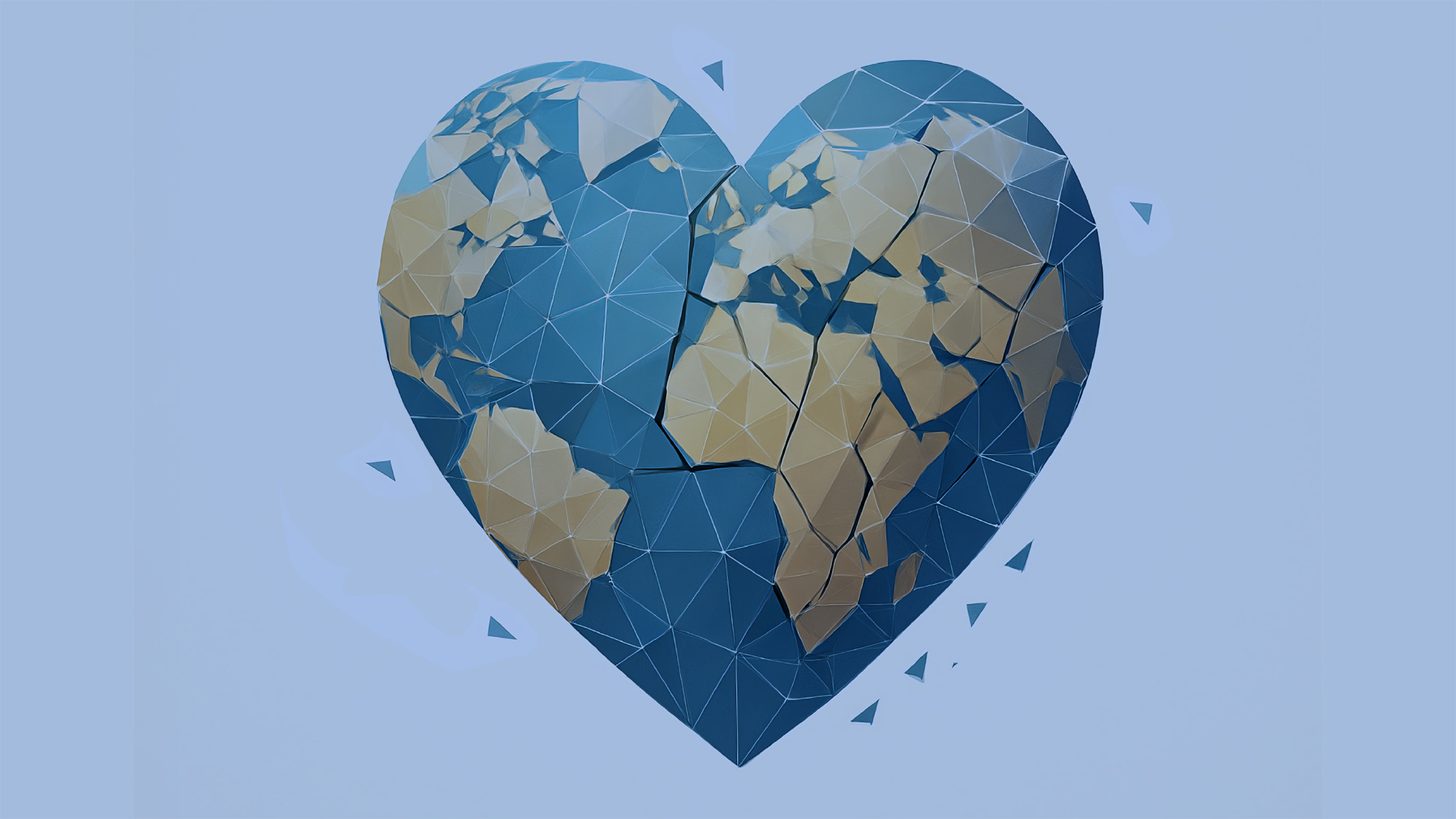Biodiversity and health: from fragmentation to integration
Living in harmony with nature means a healthy planet and healthy people, but to get there, urgent, collaborative action is required
The links between biodiversity and human health vary, and occur at various scales. On a planetary scale, ecosystems and biodiversity play critical roles in determining the state of the Earth’s system, regulating its material and energy flows, and its responses to abrupt and gradual change. Ecosystems, including food production systems, depend on a great diversity of organisms: primary producers, herbivores, carnivores, decomposers, pollinators and pathogens. Services provided by ecosystems include food, medicines, clean air, and both the quantity and quality of fresh water, as well as spiritual and cultural values, climate regulation, pest and disease regulation, and disaster risk reduction – each of which has a fundamental influence on human health, both mental and physical. At a more intimate level, the human microbiota – the symbiotic microbial communities present in the gut, respiratory and urogenital tracts, and on skin – contribute to nutrition, help regulate the immune system and prevent infections.
Biodiversity is thus a key environmental determinant of human health, and the conservation and sustainable use of biodiversity are prerequisites to ensuring human health in the future.
The Covid-19 pandemic has further highlighted the importance of the relationship between people and nature. Although the relationship between biodiversity and infectious diseases is complex, it is clear that the loss and degradation of biodiversity undermine the web of life and increase the risk of disease spilling over from wildlife to people.
A unified approach
One Health is an integrated, unifying approach that aims to sustainably balance and optimise the health of people, animals and ecosystems. It recognises that the health of humans, domestic and wild animals, plants, and the wider environment (including ecosystems) is closely linked and interdependent. The approach mobilises multiple sectors, disciplines and communities at varying levels of society to work together to foster well-being and tackle threats to health and ecosystems, while addressing the collective need for clean water, energy and air, safe and nutritious food, taking action on climate change, and contributing to sustainable development.
There are significant strategic opportunities to integrate the full range of biodiversity–health interlinkages in the application of One Health approaches in more systematic, comprehensive and coordinated manners. Such integration would serve broader health objectives beyond the simple absence of diseases, entail a greater focus on prevention, and strengthen the resilience of social, ecological and economic systems. It would address the common drivers of biodiversity loss, climate change, ill health and increased pandemic risk. Ultimately, these aims need to be supported by fundamental shifts in political economy, accountability and governance.
The Convention on Biological Diversity has called for greater cooperation among sectors and has invited parties to promote dialogue among ministries and agencies responsible for the sectors of health and environment in several decisions.
A path to recovery
In December 2022, governments adopted the Kunming-Montreal Global Biodiversity Framework with the mission to take urgent action to halt and reverse biodiversity loss and, by 2030, to put nature on a path to recovery for the benefit of people and planet. It includes four outcome-oriented goals for 2050 and 23 action-oriented targets for 2030. The framework acknowledges the human right to a clean, healthy and sustainable environment and encourages a One Health approach to optimise the health of people, animals, plants and ecosystems.
Several of the framework’s 2030 action targets directly contribute to human health, for example by:
Restoring, maintaining and enhancing nature’s contributions to people, including ecosystem functions and services, through nature-based solutions and ecosystem-based approaches (Target 11);
Increasing the area and quality, access to, and benefits from green and blue spaces in urban and densely populated areas, improving human health and well-being (Target 12);
Reducing the risk of pathogen spillover and zoonotic disease emergence by reducing land use change (Target 1) and ensuring that the use, harvesting and trade of wild species is sustainable, safe and legal (Target 5);
Reducing negative impacts from pollution including pesticides and highly hazardous chemicals (Target 7);
Ensuring that the management and use of wild species are sustainable, thereby providing social, economic and environmental benefits for people, especially those in vulnerable situations and those who depend most on biodiversity (Target 9).
Ensuring that areas involved in agriculture, aquaculture, fisheries and forestry are managed sustainably, contributing to the resilience, long-term efficiency and productivity of these production systems and to food security (Target 10); and
Ensuring that people are encouraged and enabled to make sustainable consumption choices, including through halving global food waste, significantly reducing overconsumption and substantially reducing waste generation, in order for all people to live well in harmony with Earth (Target 16).
Successful implementation of the Kunming-Montreal Global Biodiversity Framework requires a whole-of-government and whole-of-society approach. Success requires political will and recognition at the highest level of government and relies on action and cooperation by all levels of government and by all actors in society. The full, equitable, inclusive, effective and gender-responsive representation and participation in decision-making and access to justice and information related to biodiversity by Indigenous peoples and local communities must be ensured, respecting their cultures and their rights over lands, territories, resources and traditional knowledge. Everyone must be engaged, including women and girls, children and youth, and people with disabilities.
The time for action is now to put nature on a path to recovery by 2030 and work towards the vision of living in harmony with nature. When our planet is healthy, people can truly be healthy as well.












